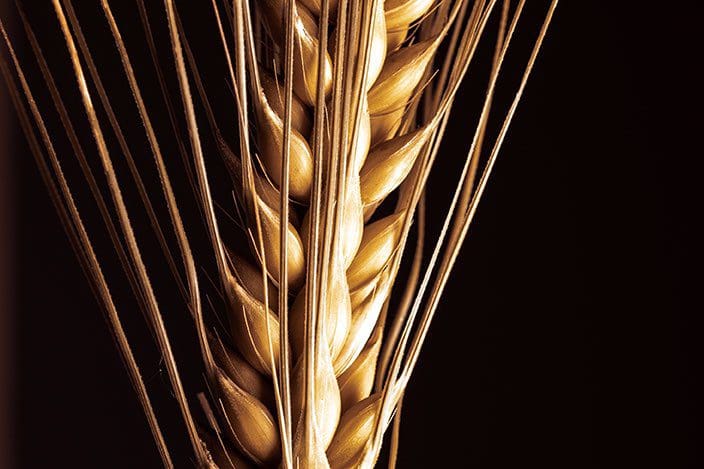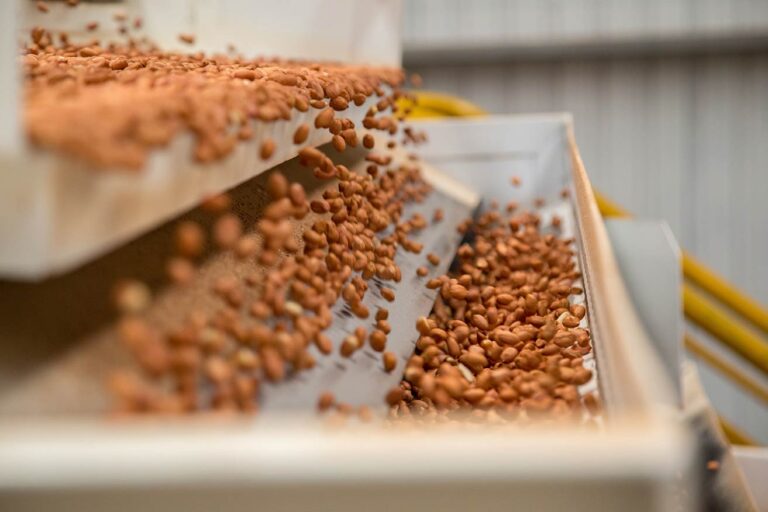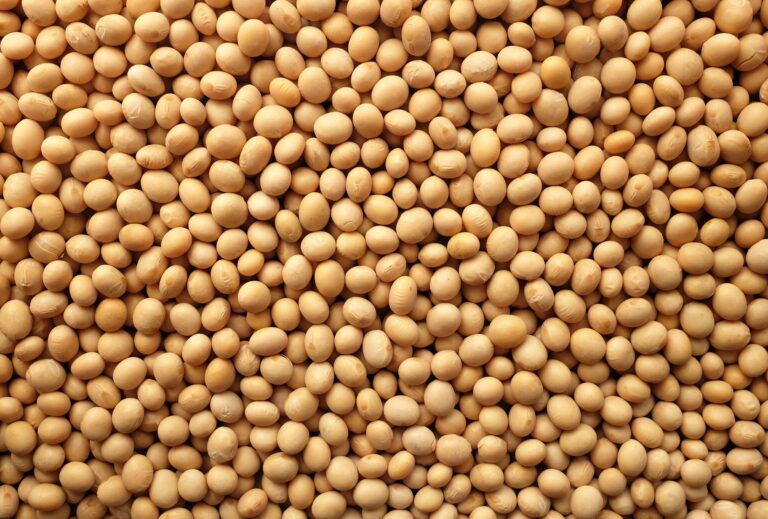Record-breaking yield expected for North Dakota spring wheat
The Wheat Quality Council’s Spring Wheat and Durum Tour concluded last Thursday, reporting a total weighted average yield of 53.8 bushels per acre (bpa) across 257 fields. The breakdown showed an average yield of 54.5 bpa for spring wheat from 237 fields and 45.3 bpa for durum wheat from 18 fields. This would be a record for spring wheat if realized.
Historically, the highest tour yields were 49.9 bpa for Hard Red Spring wheat in 2015 and 45.4 bpa for durum wheat in 2016.
The 2023 tour reported lower averages: 47.1 bpa overall from 343 fields, with spring wheat averaging 47.4 bpa from 318 fields and durum wheat at 43.9 bpa from 21 fields. The market reaction in the Minneapolis wheat futures was bearish following the tour’s early results. The September 2024 Minneapolis wheat contract fell -7¢/bu last Thursday and then fell an additional -15.25¢/bu the following day (Friday). The first day’s hard red spring wheat yield was 52.5 bpa, up from 48.1 bpa last year, and the second day’s yield in northwest and north-central North Dakota was 53.7 bpa, significantly higher than last year’s 45.7 bpa.
Tour participants generally agreed that North Dakota is on track for an outstanding wheat crop this year. The U.S. Wheat Associates highlighted this sentiment, noting that the state’s wheat farmers might have produced their best crop in decades. However, market participants say that the outcome will depend on weather conditions leading up to the harvest.
Agriculture drives Argentina’s 2.3% year-over-year economic growth indicator
According to the National Institute of Statistics and Censuses of Argentina, the Monthly Economic Activity Estimator (EMAE) increased by 2.3% in May compared to the same month in 2023. The EMAE is considered an indicator anticipating the trajectory of GDP. Therefore, the positive result raised eyebrows given Argentina’s current economic problems.
According to Roxanne Nikoro, Expana Grains Market Reporter, considering the volumes of soybean, soybean byproducts, corn and other cereals and oilseeds byproducts committed to be shipped this month, “we estimate that Ag-exporters could settle USD 2.1 billion this month (July) in the Central Bank. This quantity would be slightly above the June and July settlements of 2023 but below the average of the previous years”.
Roxanne also noted that sources reported the Argentine Government pushing farmers to sell soybeans to lower the price of the financial dollar, and thus reduce the spread between it and the export dollar.
On 17 July the Expana Benchmark Price for FOB Argentine Soyabean was USD 421/MT. Six sectors that make up the EMAE recorded increases compared to May 2023. Notably, the Agriculture, Livestock, Hunting, and Forestry sectors had the greatest positive impact on the year-on-year variation recording a 103% increase.
Exports in June increased by 21% compared to 2023 due to a 30% increase in quantities sold as prices decreased by 6%.
Primary product exports including cereal grains, oilseeds and fruits and seafood, increased by 40% compared to June 2023. This increase was mainly due to higher sales of oilseeds and fruits, which increased by 308%.
Exports to the Mercosur region were 44% lower compared to June 2023 with 72% of purchases coming from Brazil, 23% from Paraguay, and 3% from Uruguay. 22% of total sales corresponded to soybeans.
Exports to China increased by 122% mainly due to higher sales of primary products of which soybeans, accounted for 56%.
Ludwigshafen fire impacted aroma ingredients and vitamin precursor plant
BASF has now confirmed to Expana that yesterday’s explosion and subsequent fire in the southern part of its Ludwigshafen site affected a plant that manufactures aroma ingredients and precursors for vitamin production.
“The plant was shut down and is in a safe condition,” BASF said, adding that the cause of the incident (organic solvent leak at the plant) is currently under investigation and the relevant authorities have been informed.
“At this point, we cannot comment on any potential impact for customers yet,” a company spokesperson added.
Executives at dsm-firmenich hint at another prolonged shutdown of vitamin production
Production halts at dsm-firmenich’s vitamin manufacturing units this summer might be prolonged, according to company executives during the H1 results conference call yesterday.
Such a move would be motivated by an attempt to manage inventory and protect profitability, particularly considering the market situation for vitamin A. While there is “positive momentum in vitamins” and spot prices are rising, this takes time to filter through to contract prices. “[The vitamin A price] is basically at a level where we’re not seeing very sustainable volumes and profitability,” explained CEO Dimitri de Vreeze.
The company will be watching developments over the next month to determine when would be the optimal time to bring the production of vitamins in Sisseln back online. “Depending on how the vitamin prices are moving, we will decide somewhere throughout August whether it should be extended or not.”
Last year, vitamin A production in Sisseln was halted through most of the second half of the year, having stopped in July 2023 and with normal operations resuming in Q1 2024; vitamin E production at the site was understood to have restarted by mid-September 2023.
ADM to open new premix factory in Brazil
ADM is set to build a new premix facility in Apucarana, Paraná, according to local media sources. The new plant will cover 7,500 square meters and is expected to be completed by August 2025, increasing ADM’s production capacity by 40%.
The company cited several reasons for the new facility: a need for more innovative equipment for tracking and mapping, demand for customized formulations for breeders and restrictions at the currently rented factory, also in Apucarana.
Initially, the new factory will serve poultry, swine, and aquaculture producers throughout South America. However, Fernando Bocabello, Director of Premix, Ingredients, and Additives for Animal Nutrition in South America, highlighted in an interview with Valor Econômico, that the new investment should enable ADM to enter “more demanding markets, such as salmon producers in Chile and the pet markets in Argentina and Chile.”
In addition to the premix facility, ADM is constructing a distribution center in Apucarana to increase its storage capacity by 75%.
Feed additive market sources have commented on growing investment interests in Brazil, especially amino acid production, drawn by the proximity to raw materials such as corn, the growth of the Brazilian feed market (currently expected to be approximately 2.6% higher than 2023 according to Sindiracoes), and Brazil’s strategic location for exports to other South American countries and North America. Chinese companies such as Fufeng and Meihua have reportedly visited Mato Grosso this year to analyze potential sites for amino acid production.
For the latest in grains, oilseeds, oils and animal nutrition, save your seat at our upcoming webinar series below.



